Stainless steel refers to a wide variety of grades of metal, which shiny appearance and resistance to corrosion make it very popular in many industries. What is stainless steel, what are its properties and what is it used for? Read on and find out.
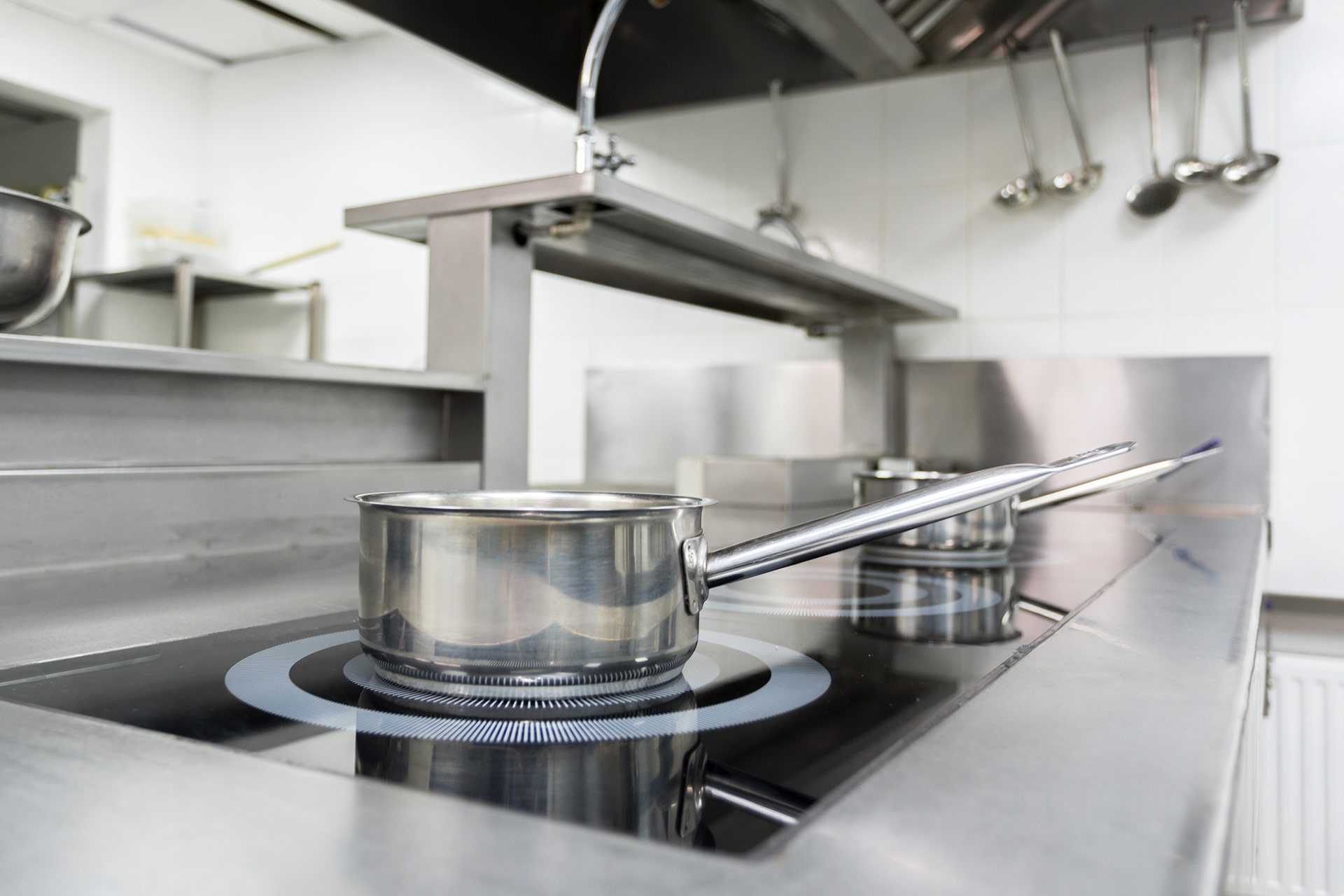
Stainless steel refers to a wide variety of grades of metal, which shiny appearance and resistance to corrosion make it very popular in many industries. What is stainless steel, what are its properties and what is it used for? Read on and find out.
According to standards adopted in various countries, stainless steel is an alloy of iron with chromium (most often at least 11%) and carbon (less than 1.2%). All this affects the basic feature of stainless steel – resistance to corrosion. It creates a so-called passive layer on the surface of stainless steel items, which provides a self-healing feature. As a result, stainless steel products have a shiny appearance without rusty coatings, pitting, etc. The degree of protection against corrosion is closely related to the type and quality of the steel used (including the percentage of chromium, other elements and impurities).
Stainless steel – a bit of history
Stainless steel was created during the industrial revolution. In nineteenth-century France, metallurgists discovered by way of experimenting that an alloy of iron with chromium has unique properties – it is resistant to rust and substances with increased acidity. At the beginning of the 20th century, different types of stainless steel were patented independently in several countries, including in 1912 in Germany and in 1913 in the United Kingdom of Great Britain.
The English engineer Harry Barley used a mixture of iron, carbon and chrome, calling the invention stainless steel. Since then its industrial use has grown in popularity. To start off with it was treated as a substitute for silver in the production of cutlery and tableware.
Along with the development and popularisation of stainless steel production technology, it began to also be used for other purposes. Until the mid-twentieth century, it was popular for the production of machines, industrial tanks for special purposes, structural elements, decorative objects, etc.
Stainless steel grades and their application
Currently, nearly 70 types of stainless steel can be distinguished. The addition of various elements influences its properties, leading to a different application of a given alloy. Based on the composition, microstructure and physical properties, 4 main types of stainless steel can be identified:
- Ferritic steel: a steel containing relatively little chromium (11-18%), which makes its corrosion resistance somewhat limited. It is commonly used for finishing everyday items, kitchen utensils, etc. It is generally avoided in water installations or outdoor structures.
- Austenitic steel: this steel has a very high corrosion resistance. It typically consists of chromium (17-25%) and nickel (8-25%). The addition of molybdenum (max. 7%) increases its rust resistance properties. It is not hardened during production and has improved elongation properties compared to ferritic steel. It is perfect for the production of food, chemical and construction equipment. This type of steel is also largely used for stainless fittings
- Martensitic steel: this is an austenitic steel that has been hardened during production. It is known for its exceptional abrasion resistance and hardness, making it popular in the production of pumps, shafts and connecting elements. Hardening allows for the amount of chromium to be reduced (even 12-18%) without significantly reducing the quality of the final product.
- Duplex steel: this is the name of austenitic-ferritic steel, which combines the best features of both types. It is easy to process, highly resistant to corrosion and very strong. It is used in the construction of tanks, water/oil pipelines, gas pipelines, etc.
Advantages of stainless steel
The most important advantage of stainless steel is corrosion resistance, which is thanks to the addition of chromium. High alloy grades will exhibit these characteristics in most acids, alkaline solutions and in chlorine-rich environments. Even grades with a lower chromium content (approx. 11%) show a very high resistance in a favourable environment, which is why they are commonly used for the production of everyday utensils.
Another feature that makes stainless steel a good material for catering, food production or medical industry equipment (e.g. surgical utensils) is that it is easy to clean. Stainless steel has a low porosity level, which makes it easy to remove dirt. In addition, high chemical and high temperature resistance means that stainless steel is not damaged even by very aggressive disinfection methods. Equipment in commercial kitchens is predominantly made of stainless steel, as current HACCP standards recommend it be used in contact with food.
An important advantage of this material is also its ease of use in further production. Many processing techniques have been developed for welding, cutting or bending stainless steel.
High availability of raw material (which is 100% recyclable) with lower production costs means that stainless steel is currently also popular in industries where cheaper types of steel were previously used. The long lifespan will lead to savings in the long term due to less frequent servicing, maintenance and even the need to replace a given installation. A stainless steel banister or fence is no longer a rare sight.
Stainless steel furniture
Another advantage of stainless steel is its attractive appearance, and stainless steel equipment can look good for decades to come. It gives a modern and impressive feel. Cleaning stainless steel is very easy. Mild detergents are usually enough, and for a gloss finish, a traditional remedy of water with vinegar should do.
The combination of practicality and design makes it a popular choice for furniture and sanitary fittings. Both in commercial catering and for private use, tables, wardrobes and sinks made of stainless steel are a common choice. They are also suitable for use in more difficult conditions, e.g. bathrooms or kitchens, where high air humidity prevails on a regular basis. Hoteliers can also see the benefits of using equipment made entirely or partly of stainless steel.
Stainless steel furniture is also very durable. It can withstand mechanical damage, it doesn’t react with acids contained in food and is easy to clean.
Advantages of stainless steel – summary
Stainless steel products are used in almost every area of life. Initially treated as a metallurgical curiosity, then a replacement for silver in the production of cutlery, it later gained recognition in a number of industries, often with very different uses.
It is commonly used in the production of everyday items, machines, the construction of monumental structures and specialised installations. There are currently many grades of steel with a different composition and production technology, thanks to which a product with properties closely corresponding to the intended use is obtained.
The fact that stainless steel is environmentally friendly is also an issue more and more often considered. It is bio-neutral, non-polluting and easily remeltable. Its long lifespan means that compared to other similar materials, stainless steel has a low carbon footprint, so its production and subsequent use have an overall low CO2 emission.

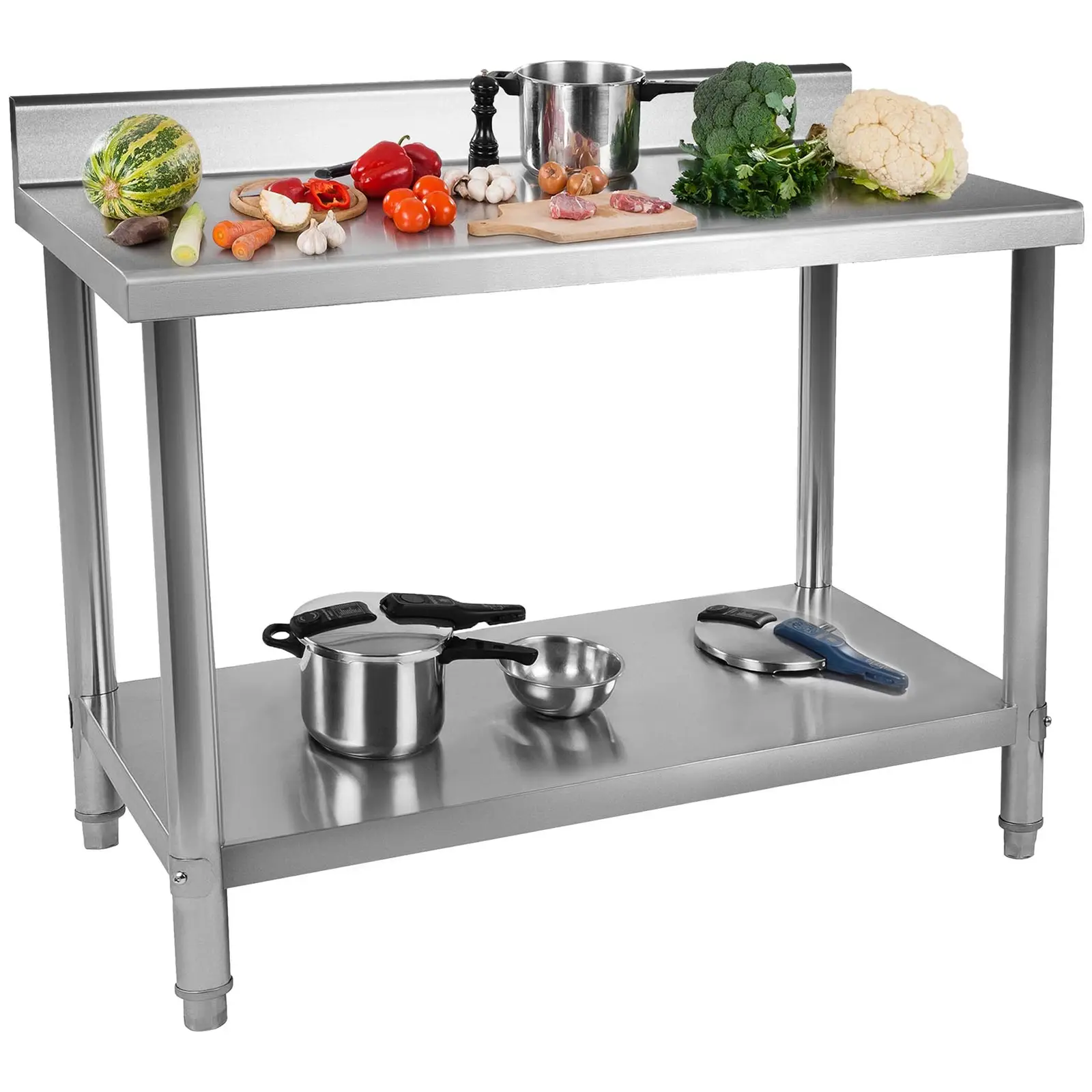
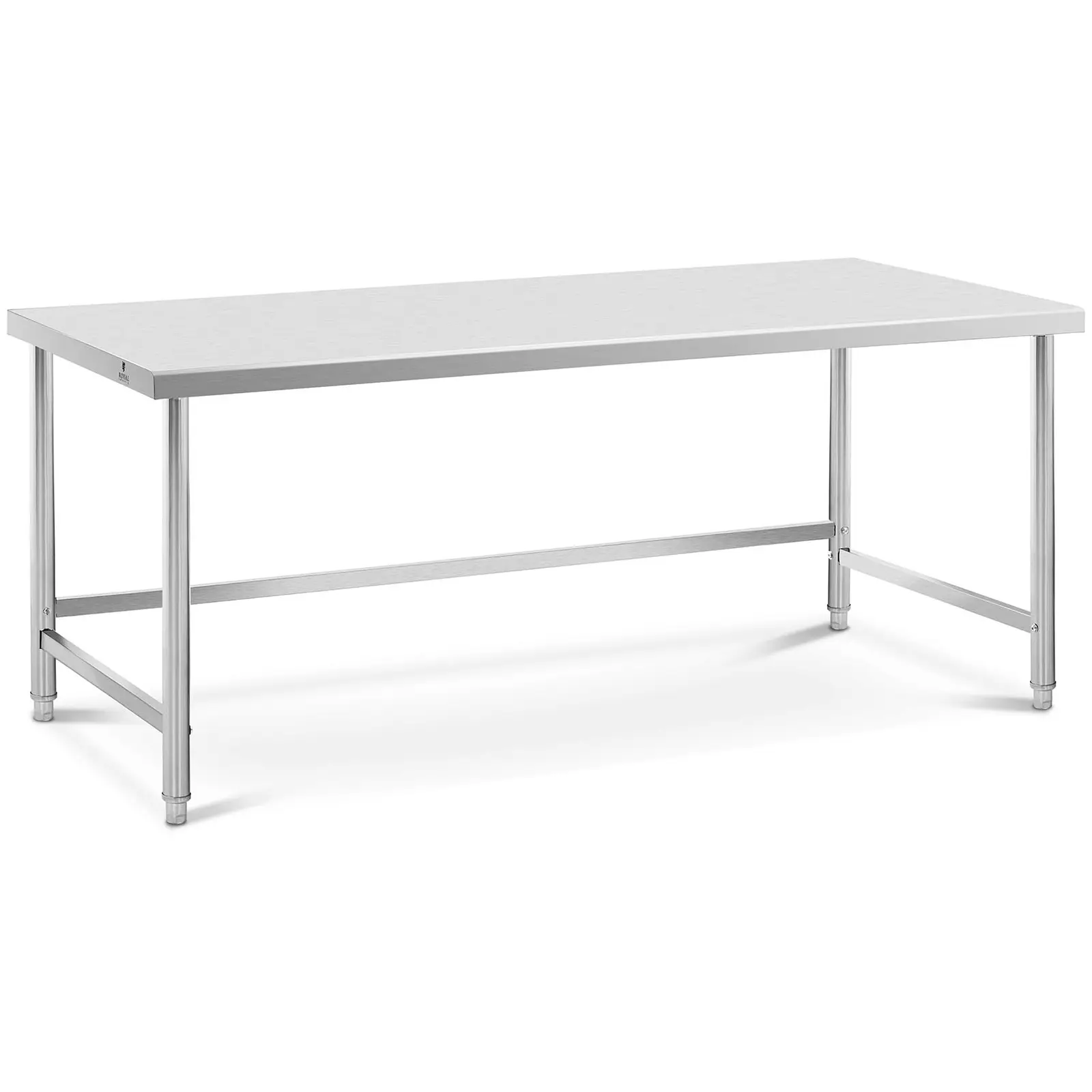
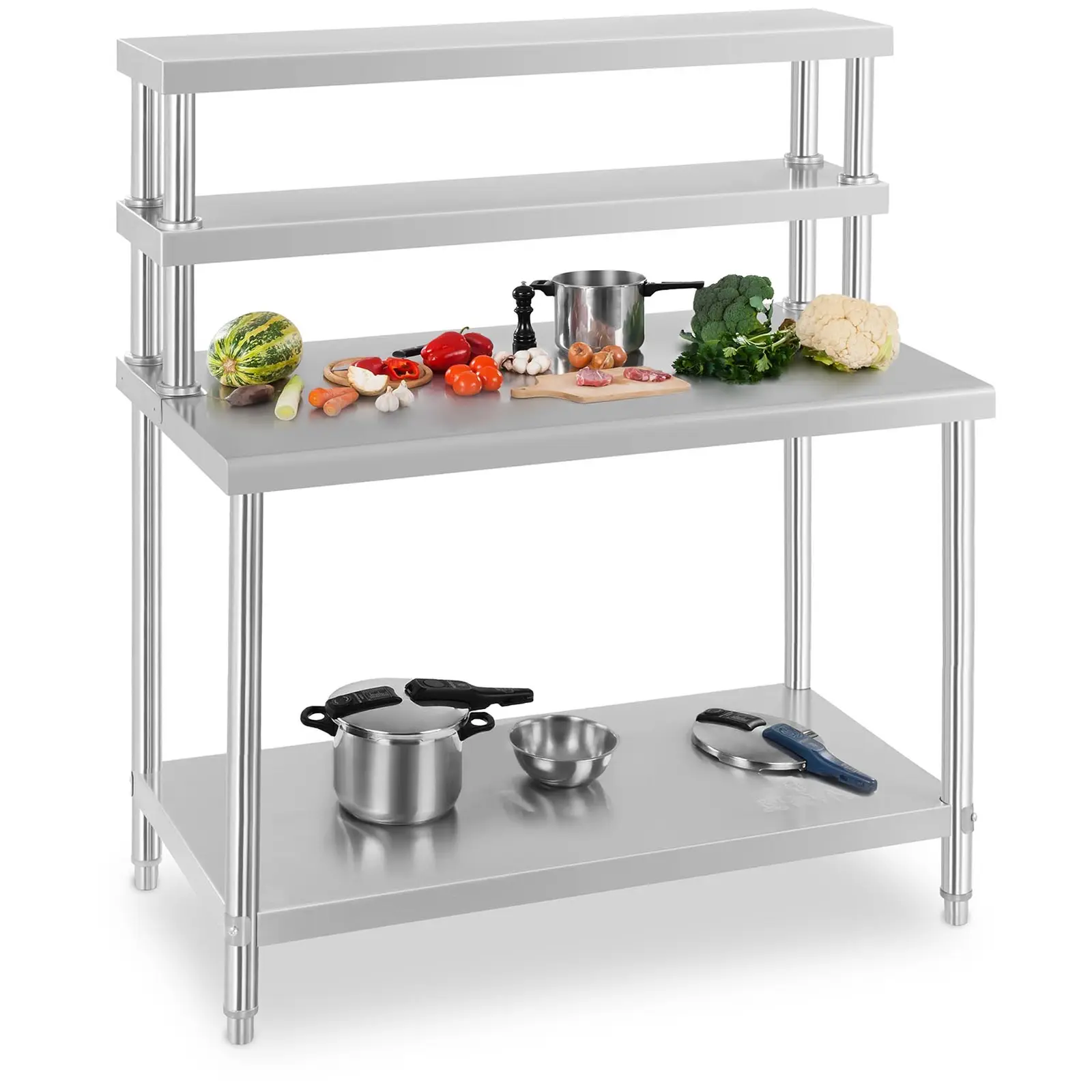

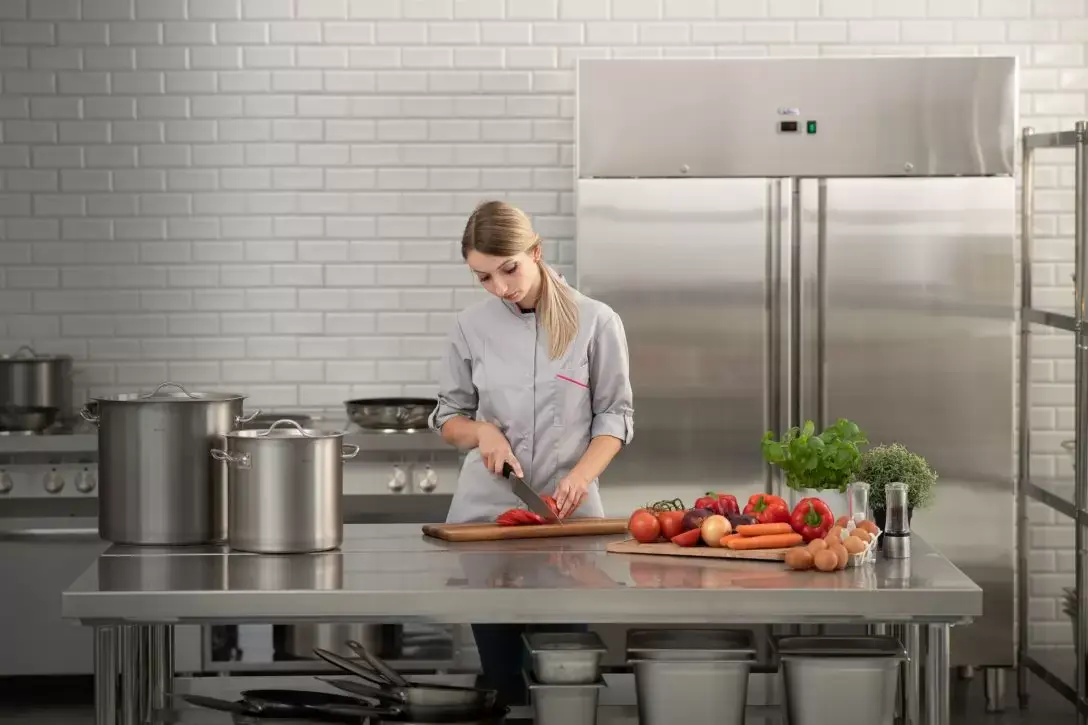


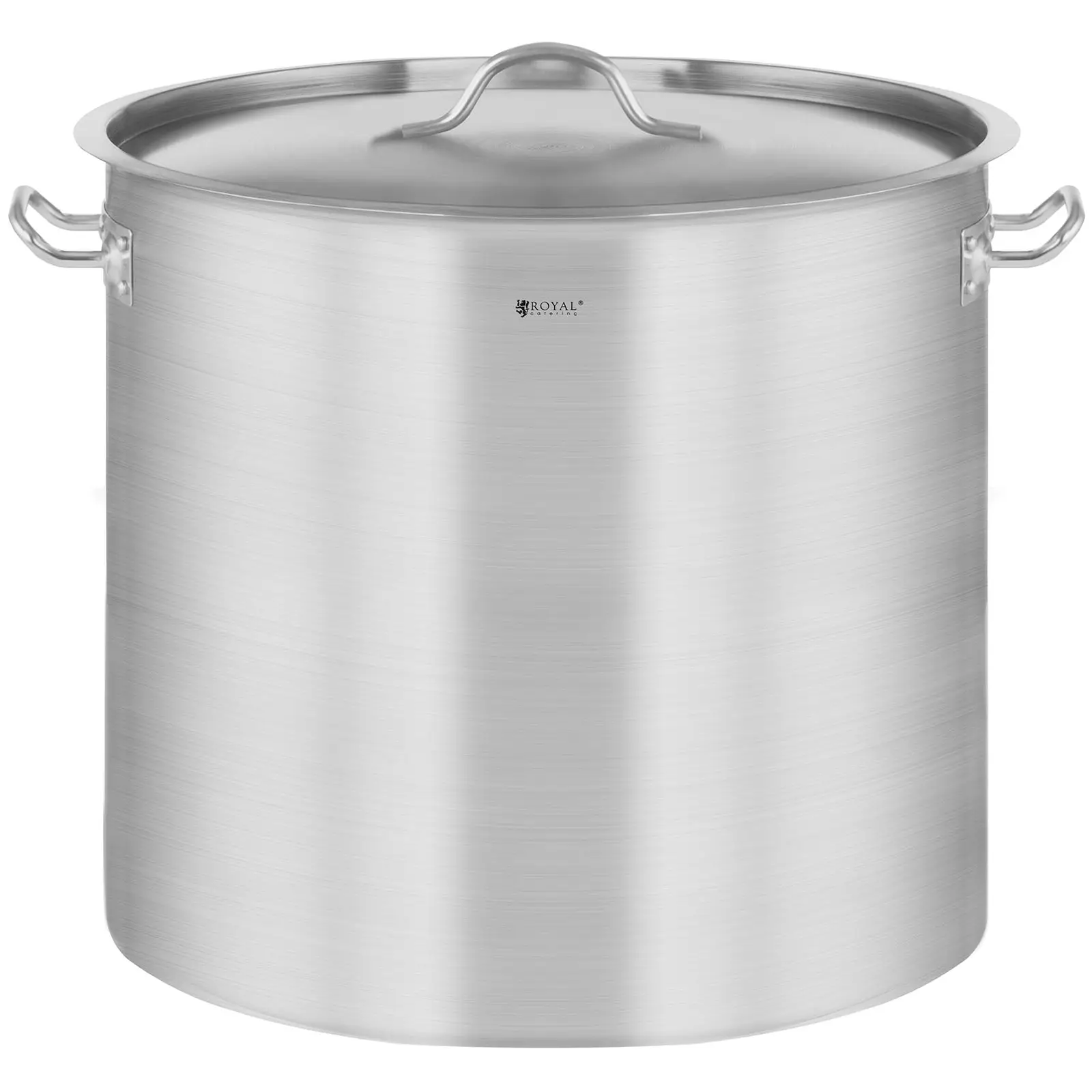
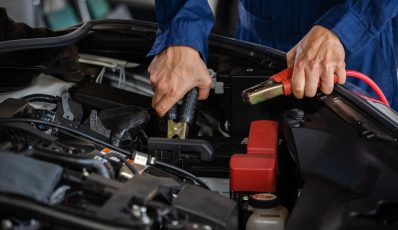




Share